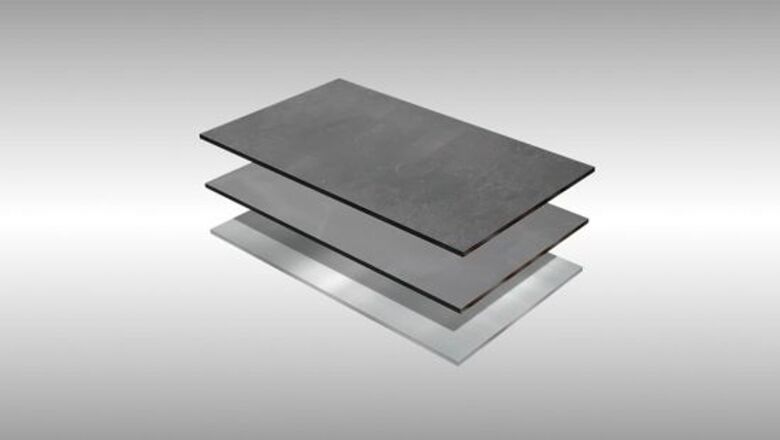
views
X
Research source
including both mild steel and stainless steel. Following are instructions on how to acid-etch steel.
Preparing the Steel for Etching
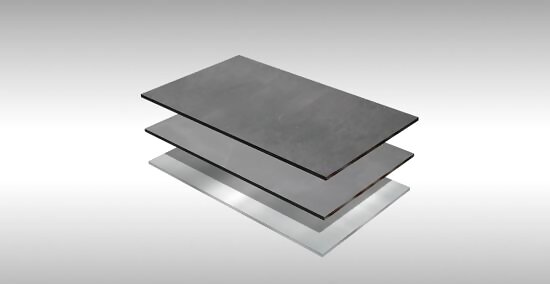
Choose the type of steel you want to etch. You can etch stainless steel, mild steel, or high-carbon steel. Which type of steel you etch will determine the best acid or chemical to use to etch it with.
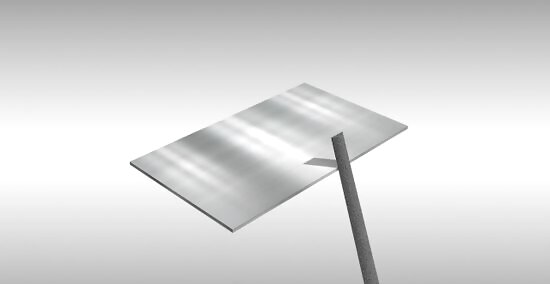
Remove any burrs on the edges of the steel. File away any burrs on the side of the steel you plan to etch with acid. You can leave the burrs on the other side if you're etching a steel plate.
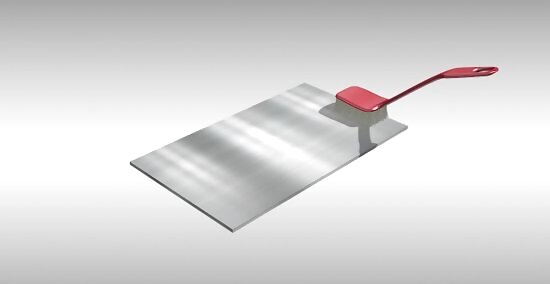
Scrub the steel. Use a chlorine cleanser on an abrasive sponge, a wire brush, fine steel wool, wet number 600 emery paper, or corundum paper, scrubbing in a circular motion. You want to leave the surface just gritty enough to grip the resist material, but not so scratched that you end up etching extra lines that aren't part of your design.
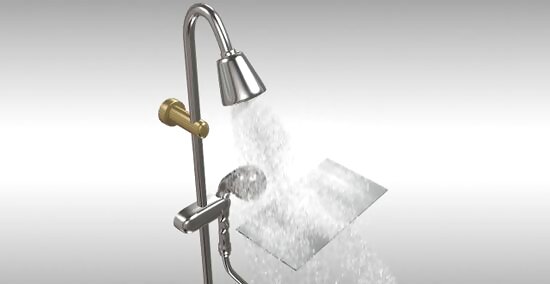
Rinse the steel with water. The water should sheet off the steel surface.
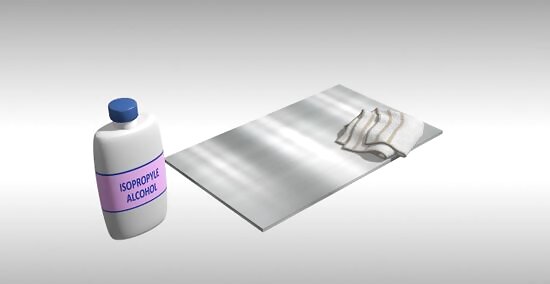
Clean the steel a second time with isopropyl alcohol.
Etching the Steel
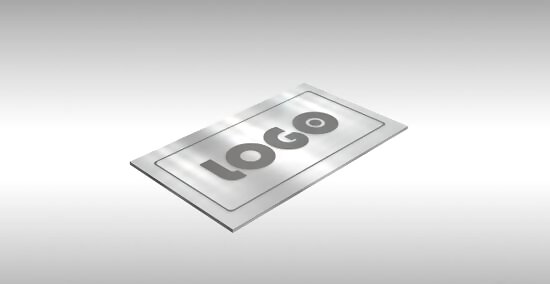
Choose the image you want to etch into the steel. You can either draw a freehand image or replicate an existing image onto the steel surface. Depending on which transfer method you use, you can have a fairly simple design or a complex one. If you plan to replicate an existing design, choose something in high-contrast black and white. If you plan to make and sell prints of your etching, choose an image in the public domain or get the permission of the copyright holder, if there is one.
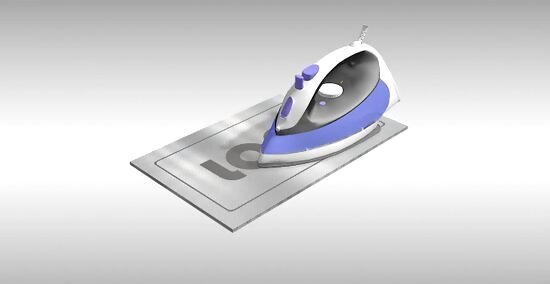
Transfer your design onto the steel surface. You can transfer the design in 1 of several ways, as described below. Be aware that however you transfer your design, it will print the reverse of the way you etch it into the steel. If you plan to use the etched steel plate solely as a decoration, not to print with, this won't matter to you. The oldest method for transferring designs is to coat the steel surface with a liquid varnish or wax-like substance (like beeswax), or even enamel paint or nail polish. This coating is called a ground. You then scratch your design into the ground using needles or wider-bladed cutting tools. (This is similar to woodcutting.) The ground will serve as a resist to keep the etching acid off the steel it covers. Another method is to cover the steel surface with permanent markers in those places where you want the acid not to etch the steel and leave the surface exposed where you want to etch the steel. You may need to experiment with several brands and colors of permanent marker to determine which makes the best resists. A third method is to create an iron-on stencil by either photocopying an image onto transfer paper or printing it onto glossy photo paper with a laser printer. Place the paper onto the steel surface, image-side down, and using a clothes iron set to "high," iron with smooth, circular strokes for 2 to 5 minutes. (Press gently if using transfer paper; press hard if using photo paper.) You can then remove the paper. (Transfer paper will peel away on its own, but photo paper requires soaking in a tray of hot water to soften it for removal.) The transferred ink becomes the resist for the etching acid.
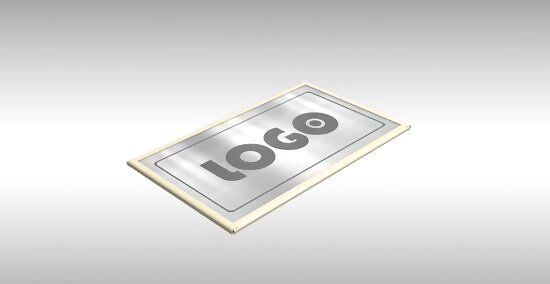
Cover the steel's edges. You can tape over the edges or paint them. Either method keeps the acid from etching the edges.
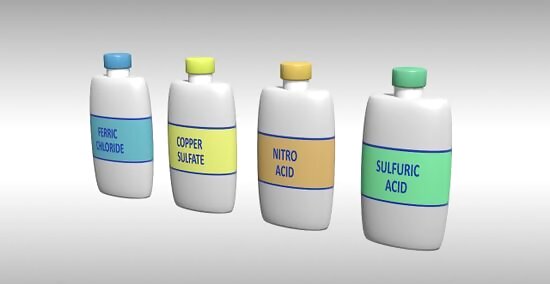
Choose the acid you want to etch the steel with. Possible acids include muriatic (hydrochloric) acid (HCL), nitric acid (HNO3), or sulfuric acid (H2SO4). Certain non-acids that form acid in water, such as ferric chloride (FeCl3) or copper sulfate (CuSO4), can also be used as etching chemicals. How strong the acid is generally determines how fast the steel will be etched, or "bitten." You can obtain etching acids and chemicals through chemical supply stores or electronics supply shops. Ferric chloride is normally mixed with water in equal parts to form hydrochloric acid in solution. It's more commonly used to etch copper, but it also works well to etch stainless steel. It also works with a wider range of resist materials than pure acids do; however, it can pit the surface if not attended to properly. Copper sulfate is better suited to etching mild steels than stainless steel. It is best mixed in a 1 to 1 ratio with sodium chloride (NaCl - common table salt) to keep the copper sulfate from coating the steel with a deposit of copper that will stop the etching process. The blue solution gradually fades as the etching progresses and turns colorless when it's finished. Nitric acid is commonly mixed in a ratio of 1 part nitric acid to 3 parts water. It can also be mixed with acetic acid (vinegar), in a 1 to 1 ratio, or with hydrochloric acid. Sulfuric acid should be used only in concentrations from 10 to 25 percent. Generally, dilute solutions are more effective than concentrated ones. Acids generally take longer to etch steel than do chemicals that form acids in water, however.
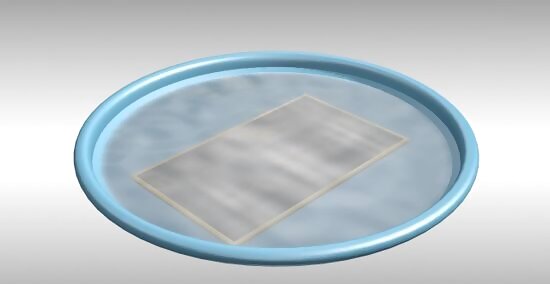
Immerse the steel in a bath of the etching acid. Usually, you'll want to place the steel plate face-down in the solution so that the exposed metal flakes downward into the solution and away from the plate. This produces cleaner lines when etching the steel. If you put the plate in face-up, you can sweep away the flakes as they form with a light brush or feather; this will also remove bubbles that form. (The bubbles impede the etching process, but they can also create interesting designs if left alone.) Leave the steel plate in the etching acid until the lines are cut to the depth you want. Whether you put the steel plate in the etching acid face-up or face down, suspend it off the bottom of the container in some fashion. (This is particularly necessary when the plate is face down.) Tap the container holding the chemical bath periodically to keep the solution agitated.
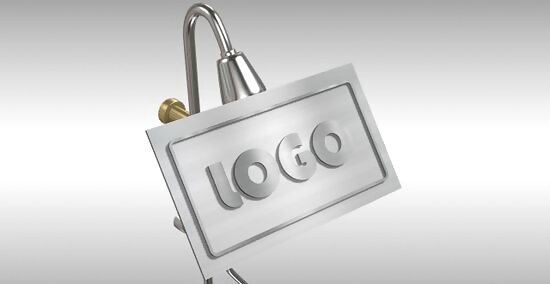
Remove and clean the steel plate. Wash the plate with water to remove the acid. If you used a particularly strong acid, you may also need to use baking soda to neutralize it. You then need to remove the resist; depending on the resist material, use one of the following methods: Use turpentine to remove paint or varnish grounds. (Use acetone if you used nail polish.) Use alcohol, methyl hydrate, or steel wool for wax-like grounds. Use running water for water-soluble inks and alcohol for inks insoluble in water.




















Comments
0 comment